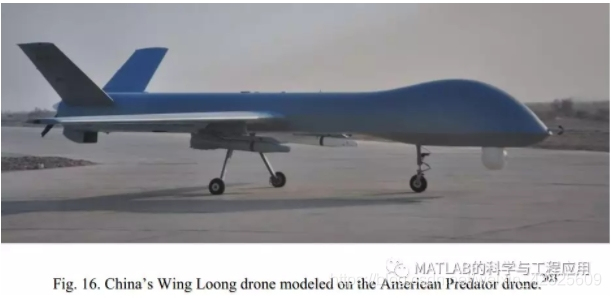
本文为美国路易斯安那州立大学农业机械学院(作者:Garrett Dale McKinnon)的硕士论文,共118页。
无人机已经进入美国的意识和社会。然而,很少有人关注美国是如何发展到现在的,是如何成为一个无人机国家的。本文旨在反驳“新无人机”的误解、史学界对无人机史的普遍无知以及人们对这一课题的普遍看法。
第一章,“新无人机”的误解:世界大战中的无人机,考察了美国首次使用军用无人机的试验。查尔斯·凯特林、“哈普”阿诺德和雷金纳德·丹尼是第一批认识到无人机潜力并获得美国国家支持的人。使用无人机的主要动机——把美国士兵从危险中解救出来——是在这一时期首次被认识到的。这些被忽视的早期无人驾驶飞机表明了与当代的相似之处,如不精确性和平民伤亡,因此并不新鲜。
第二章“无人机的‘必然性’与冷战”质疑了无人机使用的必然性。这种被感知的必然性创造了一个未来主义形象,其优越性的内涵导致了普遍的全面接受。研究冷战期间无人机的发展揭示了一个截然不同的现实。无人机面临的主要障碍包括技术限制、费用以及来自其他新兴技术的竞争。正如无人机技术并不新鲜一样,指导其使用的简单政策也不并新鲜。
第三章“美国战争:越南凤凰计划与当代无人机政策”,是对美国对外战争的比较分析。无人机打击在战争中的应用,特别是在巴基斯坦等非官方战区引起了广泛的兴趣和关注。许多同样困扰无人机使用的问题(效率低下、平民伤亡、腐败和公愤)也困扰着美国的凤凰计划。由于无人机潜力的不断发掘,仔细研究它们的历史是必不可少的。用无人驾驶飞机代替士兵来保护美国人免受战争的伤害已经经历了一个世纪的努力。然而,无人机的使用一直对美国的战争经历产生同样的扭曲效应。昂贵且技术有限的无人机部署效率低下。许多无人机项目的隐蔽性滋生了不信任,鼓励了不道德的使用,并保护了责任人免受谴责。更糟糕的是,这些努力收效甚微,而且通常会适得其反。
Drones have entered American consciousnessand society. Little attention, however, has been paid to how America got here,how it became a drone nation. This thesis seeks to counter the “New Drone”misconception, the general ignorance of drone history present in thehistoriography, and popular perception of the subject. Chapter one, “The “NewDrone” Misconception: Unmanned Aerial Vehicles in the World Wars,” examinesAmerica’s first experiments with military drones. Charles Kettering, “Hap”Arnold, and Reginald Denny were among the first to recognize UAV potential andgarner American support. The main motivation for drone use–removing Americansoldiers from danger–was first recognized during this period. These overlookedearly drones suggest that contemporary parallels, such as imprecision andcivilian casualties, are not new. Chapter two, “The ‘Inevitability’ of Dronesand the Cold War” questions the inevitability of drone adoption. Such perceivedinevitability creates a futuristic image, with connotations of superiorityleading to blanket acceptance. Examining drone development during the Cold Warreveals a very different reality. Drones faced major obstacles, includingtechnical limitations, expense, and competition from other emergingtechnologies. Just as drone technology is not new, neither are the facilepolicies which guide its use. Chapter three, “American Counterinsurgency: ThePhoenix Program in Vietnam and Contemporary Drone Policy,” is a comparativeanalysis of American counterinsurgency efforts. The integration of dronestrikes into counterinsurgency efforts, especially in unofficial war zones suchas Pakistan, has led to popular interest and concern. Many of the same problemsvii (inefficiency, civilian casualties, corruption, and public outrage) thatplague drone use also haunted America’s efforts with the Phoenix program.Because of the potential drones hold today, careful consideration of theirproblematic history is essential. Protecting Americans from war by replacingsoldiers with drones has been a century long effort. Yet drone use hasconsistently produced the same warping effect on American experiences in war.Expensive and technologically limited UAVs have been deployed inefficiently.The covert nature of many drone programs bred distrust, encouraged immoral use,and shielded those responsible from condemnation. Even worse, these effortsaccomplished little and were typically counter-productive.
- 引言:无人机国家的诞生
- “新无人机”的误区:世界大战中的无人装备
- 无人机的必然性与冷战
- 美国战争:越南凤凰计划与当代无人机政策
- 结论:无人机世界的诞生
更多精彩文章请关注公众号:
